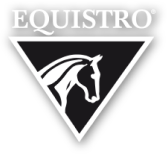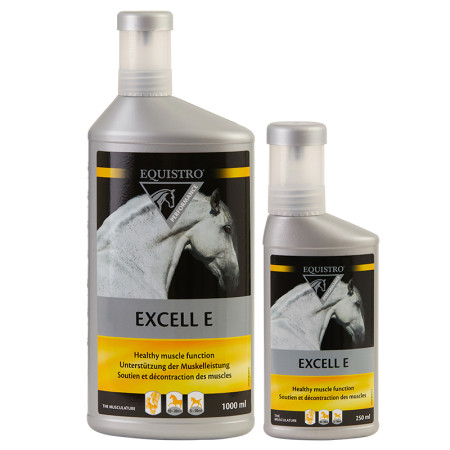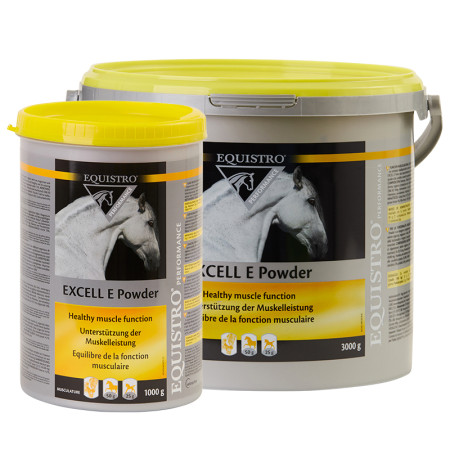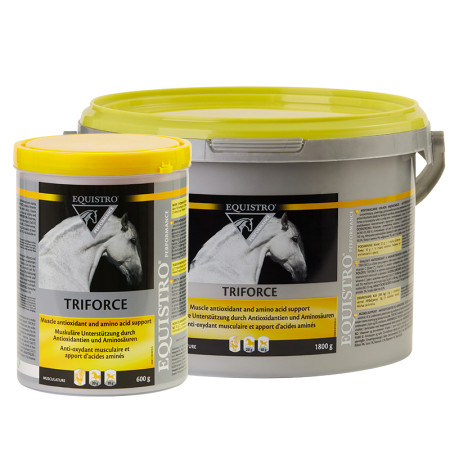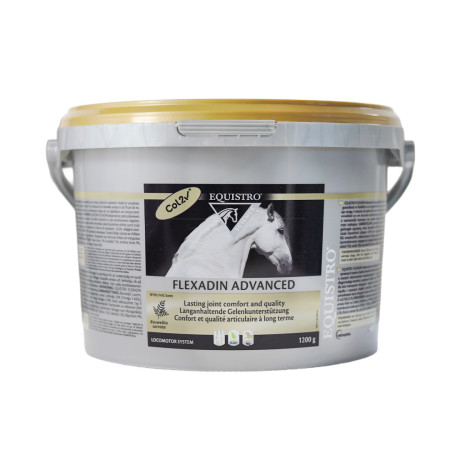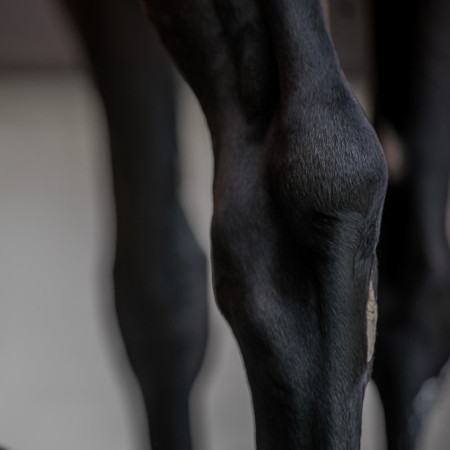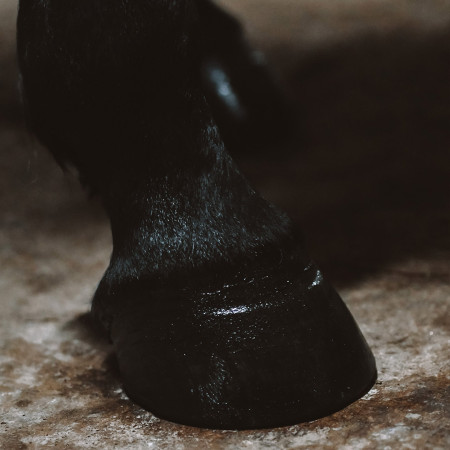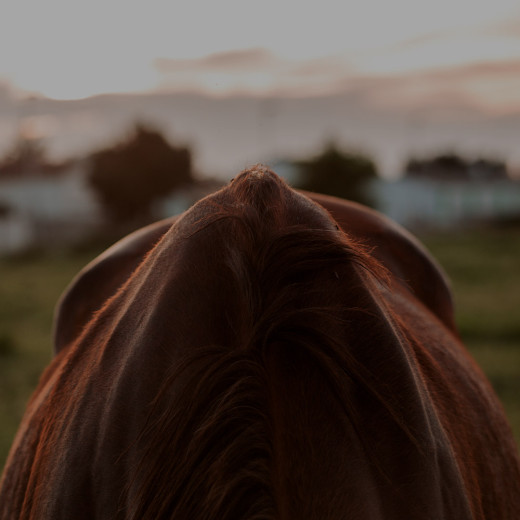
Back pain
The horse’s back not only provides support for the rider’s saddle, but it is also the axis of strength transmission during locomotion. Its integrity is essential to the horse’s ability to move. Depending on the type of exercise, the constraints applied are different and so are the pathologies associated with them. Among several equestrian disciplines, show jumping is probably the most demanding one for the horse’s back.
Biomechanics
The horse’s back is part of the axial skeleton, itself composed of vertebrae and joints, around which muscles and ligaments are organized. Dynamically, the spine is capable of a lot of flexion, extension, lateroflexion, and torsion; therefore it is not a rigid axis between the front and the back.
During extreme effort, on intense and poorly managed horses, or horses with bad conformation, certain lesions of these different structures can appear. Muscular, ligamentous, vertebral, and intervertebral lesions are common. In response to these lesions, adjacent muscles adapt to the spine’s sick state and movement wideness diminishes. The horse has a blocked back.
Clinical examination
In order to pinpoint the origin of the change in behavior and in locomotion of a horse with back pain, the clinician must pay special attention to the owner’s complaints. A static examination of the horse must be performed to assess the back’s conformation (straight, swayed, vaulted, amyotrophic) and the possible standing defaults.
Palpation and pressure must be applied to assess wounds, induration, and hot or painful spots. Particular caution must be taken because these tests elicit different responses from one horse to another due to differences in sensitivity. Nevertheless, they must be performed on an active horse.
Next is the dynamic exam:
- Step back
- Walk
- Trot
- Gallop in a straight line
- Gallop on a circle
- Move on soft and hard underground with/withoug rider
The different steps of the examination reveal important details that allow a complete evaluation of the locomotion of the horse. Shortened gait, engaging default of a hind limb, dissociation when galloping, and lack of pelvic movement are signs indicating a possible back pathology in the horse.
Imaging diagnostics
With clinical suspicion established, imaging exams can be performed to allow for a more precise diagnosis. Most of the exams can be performed in the field. Thoracic and lumbar vertebrae radiographs allow the detection of bone abnormalities: conflicts, osteoarthrosis or, more rarely, spondylosis or fractures. Radiographs are helpful but limited due to the horse’s massive body. Therefore, imaging of certain parts, such as the sacrum, the pelvis, or the ventral part of the lumbar vertebras, are hard to obtain and require other exams.
Transcutaneous ultrasounds of the back enable visualisation of muscular and ligamentous lesions, as well as more precise information on the vertebral arthrosis process, especially in the lumbar area. Transrectal ultrasounds allow assessment of sacroiliac joints, very mobilized in sport horses, the internal face of the pelvis, the sacrum, and several intervertebral discs. A bone scan is also a very good exam to highlight inflammative and bone remodeling areas, which can be very useful in non-specific cases.
Treatment and management of back pain
Following the back pain diagnosis, a thorough management of exercise is necessary.
It is usually not advisable to allow the horse to become inactive in order to avoid muscle loss, which could be nocuous. Instead, light and regular exercise, including long warm-ups that promote longitudinal and lateral back stretching, is advisable. Flexion constraint on the neck or digged back must be avoided at all costs.
Medication will be necessary sometimes to treat severe back pain. For acute process, oral anti-inflammatory drugs should be administered to stop the vicious cycle of inflammation, and could also be a good option in conjunction with a progressive work program.
Localized care can also be provided for an identified lesion: mesotherapy brings satisfying results in numerous moderate back pain cases by inhibiting pain and delivering muscle fiber from contraction. It can provide comfort to the horse for up to 12 months.
Ultrasound-guided local injections of corticosteroids also provide good comfort in cases of targeted and/or deep affections such as sacroiliac or lumbar osteoarthritis.
Bisphosphonate intravenous treatments show good results in improving axial skeleton mobility in horses suffering from back pain. These injections are used in cases of spine osteoarticular diseases.
Back pain in horses can also be treated with physiotherapeutic management. Passive stretching movements (helped with carrots) and passive mobilisation could be included in daily routines in order to increase flexibility in the horse’s back. Specific physiotherapeutic exercises are progressively developed to help the horse with back pain to recover, to maintain flexibility, and to avoid relapses.
Laser treatment, shock waves, electrostimulation, and therapeutic ultrasound are other treatments currently being studied, but their efficiency is yet to be proven. Alternative medicinal treatments like acupuncture and osteopathy have proven effective if correctly used and practiced.
How to avoid back pain in horses?
Back pain can be prevented by following simple but efficient rules.
- Proper, well-adapted equipment (saddle, mat, shock absorber)
- Exercise promoting flexibility and back stretching
- Establish a flexible riding style that is steady and symmetric with good balance
- Provide a well-balanced diet rich in muscle-protecting agents (e.g., selenium, vitamin E
Dr. med. vet. Alexandre Michel
Dr. med. vet. Perrine Piat
